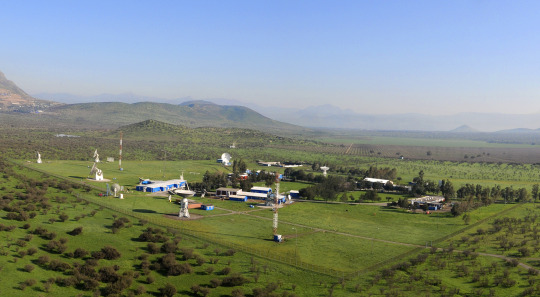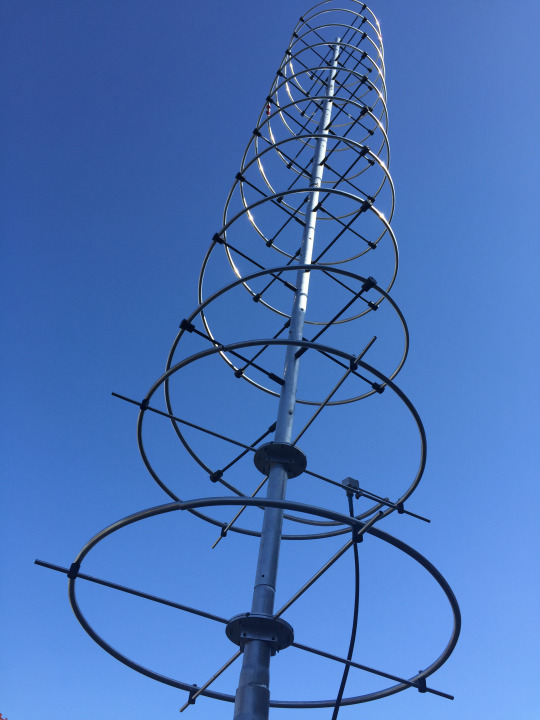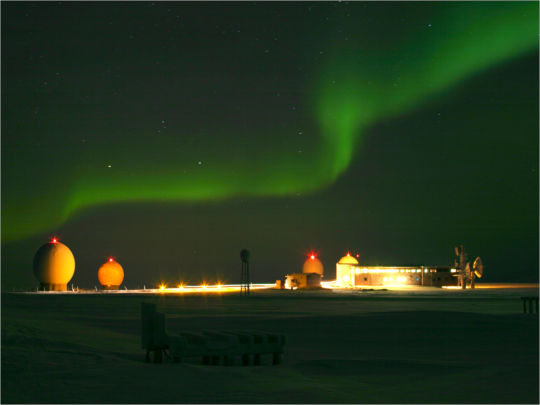Happy Birthday, Jules Verne!

Considered by many to be the father of science fiction,
French novelist Jules Verne takes his readers on a “From the Earth to the Moon,” “Twenty Thousand Leagues Under the Sea” and “Around the World in
Eighty Days.” In his honor, let’s take our own journey around the world,
exploring seven far-flung ground stations and the communications networks they
support. These ground stations downlink data from science and exploration
missions, maintaining the critical link from space to ground.

Our Deep Space Network supports
far-out missions like Voyager 1, a spacecraft that’s
now over 13 billion miles from Earth. To communicate that far, the Network uses
antennas as large as 230 feet in diameter. The network has ground stations in
Pasadena, California; Madrid, Spain; and this one in Canberra, Australia. The
ground stations are strategically placed for maximum coverage of the night sky,
ensuring that deep space missions can communicate their data back to Earth.
Check out that lizard!

Our Space Network uses relay satellites in conjunction with ground stations to
provide continuous communications coverage for satellites in low-Earth orbit
like the International
Space Station, enabling 24/7 connection with astronauts onboard.
Spacecraft using the Space Network beam their data to the constellation of Tracking and Data
Relay Satellites, which forward that data to the ground. This is a
photo of a Space Network ground station in Guam, a U.S. territory. The
spherical structures around the antennas are called “radomes” and protect the
antennas from the tropical storms!

Optical
communications uses lasers to provide missions with higher data
rates than radio communications. Optical terminals also offer missions reduced
size, weight and power requirements over comparable radio antennas. A smaller
system leaves more room for science instruments, a weight reduction can mean a
less expensive launch and reduced power allows batteries to last longer. This
ground station in Haleakalā, Hawaii, will relay data to California through a
groundbreaking optical communications satellite, the Laser Communications Relay Demonstration.
The demonstration will show the power and promise of optical communications to
support the next generation of science missions.

Antarctica may seem like an odd place for radio antennas,
but McMurdo Ground Station is vitally important to our networks. In 2017, we
used the McMurdo ground station to demonstrate a new technology
called Disruption
Tolerant Networking (DTN), sending a selfie from McMurdo to the
space station through numerous DTN nodes. DTN protocols allow data to be stored
at points along its route that do not have an open connection to the next
intermediary, preventing data loss and improving data returns.

This Near Earth Network ground station in Santiago, Chile,
might not be our only South American ground station for long. The Near Earth
Network is considering Punta Arenas, Chile, as a possible location for Ka-band
antennas, which would provide missions with higher data rates. The Near Earth
Network is also experimenting with Ka-band arraying, which uses multiple
smaller antennas to provide the same capabilities of a larger, Ka-band antenna.
Ka-band services will greatly increase the amount of science data we can
gather!

If the space station ever has communications trouble, we
could communicate with our astronauts through emergency very high frequency
(VHF) communications ground stations like this one in Wallops Island, Virginia.
VHF offers voice-only, contingency communications for the station and the Soyuz
spacecraft, which ferries astronauts to and from the station. We maintain two
VHF stations strategically placed to maximize contact with the space station as
it orbits above North America. International partners operate VHF stations that
provide contacts as the station orbits above Asia and Europe. NASA’s segment of
the VHF network recently underwent critical upgrades that improve
the reliability and durability of the system.

This beautiful photo captures Near Earth Network antennas in
Svalbard, Norway, beneath the glow of the Northern lights, a phenomenon that
occurs when charged particles from the Sun interact with various gasses in
Earth’s atmosphere. If one were to visit Iceland, one could see these same
lights above Snæfellsjökull volcano, featured in Jules Verne’s “A Journey to
the Center of the Earth” as the imaginary entrance to a subterranean world.
A lot has changed in the nearly two centuries since Jules
Verne was born. Verne’s 1865 novel “From the Earth to the Moon” and its 1870
sequel “Around the Moon” imagine a giant cannon capable of launching three men
into lunar orbit. These imaginary astronauts used opera glasses to survey the
lunar surface before returning safely to Earth.
Such a story may seem ridiculous in an age where humanity
has occupied space for decades and satellites explore distant worlds with
increasing regularity, but Verne’s dreams of spaceflight were novel – if not
revolutionary – at the time. This change in worldview reflects humanity’s
inexorable technological progress and our mission at NASA to turn science
fiction into science fact.
As the next generation of exploration commences, our
ever-evolving communications capabilities rise to meet the demands of missions
that dreamers like Verne could hardly imagine.
The seven ground
stations featured here were just a taste of our communications infrastructure.
To learn more about space communications, visit: https://www.nasa.gov/SCaN





Комментариев нет:
Отправить комментарий